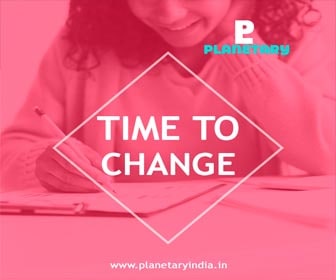K’taka schools to test students on each chapter | Bengaluru News

Bengaluru: The department of school education and literacy is proposing a new assessment method in which children in state syllabus schools will be tested after every chapter to assess their understanding of the lesson. The marks will be only for measuring learning and not for promotion.
As per the plans, students will be given short tests and quizzes after every lesson is completed. The tests, mostly in the multiple-choice question (MCQ) format, will be conducted on an OMR sheet or equivalent, which can be evaluated with ease using digital technology. The department is customising the mobile app Vidya Samiksha Kendra of the Union ministry of school education for this purpose.
“This is to understand how far the students learn the particular concept after every lesson is completed. Currently, there is no concurrent assessment. That means there is no immediate feedback for students or teachers on how much learning occurs. It will help the teachers and students to understand their level of learning, ensure that all doubts are clarified immediately, or the portion revisited in case of a lack of clarity,” explained commissioner for school education, Trilok Chandra KV.
“We are developing the app that can scan the answersheets and give the outcome of the test immediately. With this, teachers will not need to spend time on individual correction. This option is available with Vidya Samiksha Kendra, and we are customising it. The app will provide a centralised pool of data on how learning is happening across the state,” he added.
Currently, there are formative and summative assessments in every academic year, which will continue. The new system will be applicable for all classes from grade 1 to 10.
The step is taken to improve the learning outcomes in the state and, thus, improve the SSLC result.
“Assessments are always useful for teachers if done in the right way. It’s best when the teacher is able to design it and decide when to do it. As long as teachers get good feedback in terms of how their students have done, it is useful. But the important thing is that it should be done in the right way by ensuring it is low stakes for children and teachers are not stressed. In some sense, the department seems to have taken the middle ground between continuous evaluation and end-term summative assessments. The key is how the feedback loop is designed and the load on teachers is kept to the minimum,” said Rishikesh BS, faculty, Azim Premji University.
“It should not end up burdening the teachers as well. The fear is that if the technology does not function well, the onus will be on the teachers to complete it. It should not add up more as administrative work,” said a teacher.
MSID:: 119907982 413 |
















